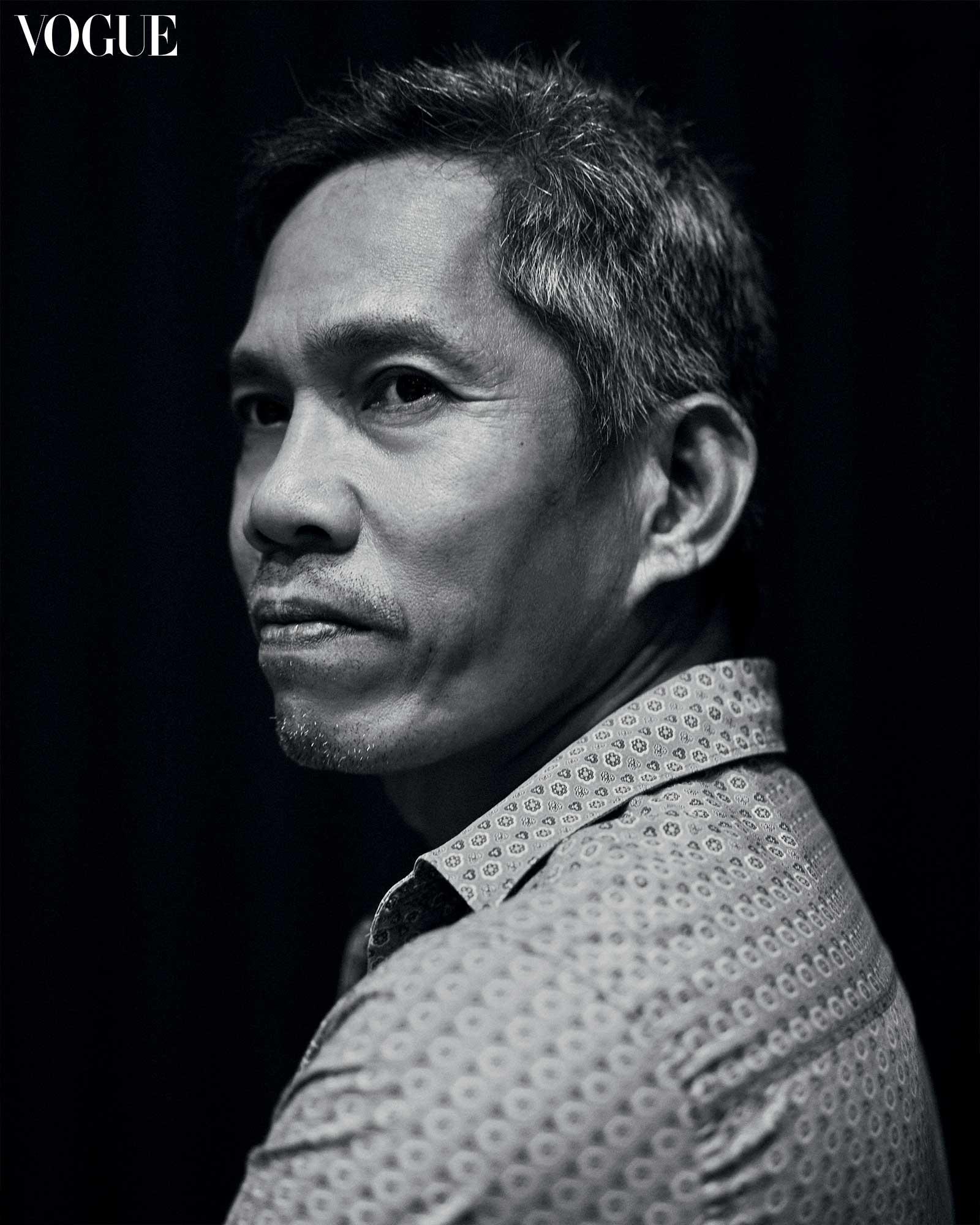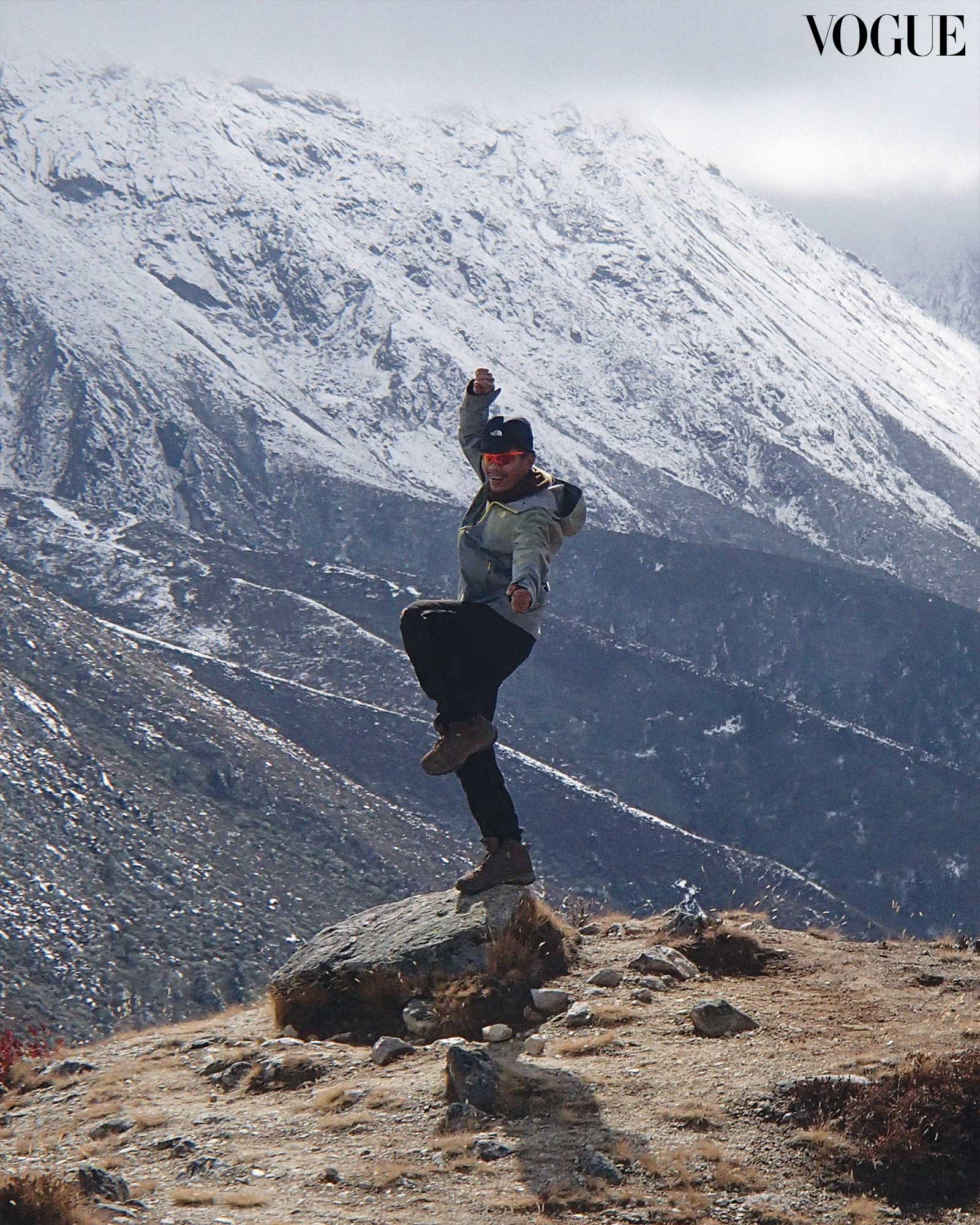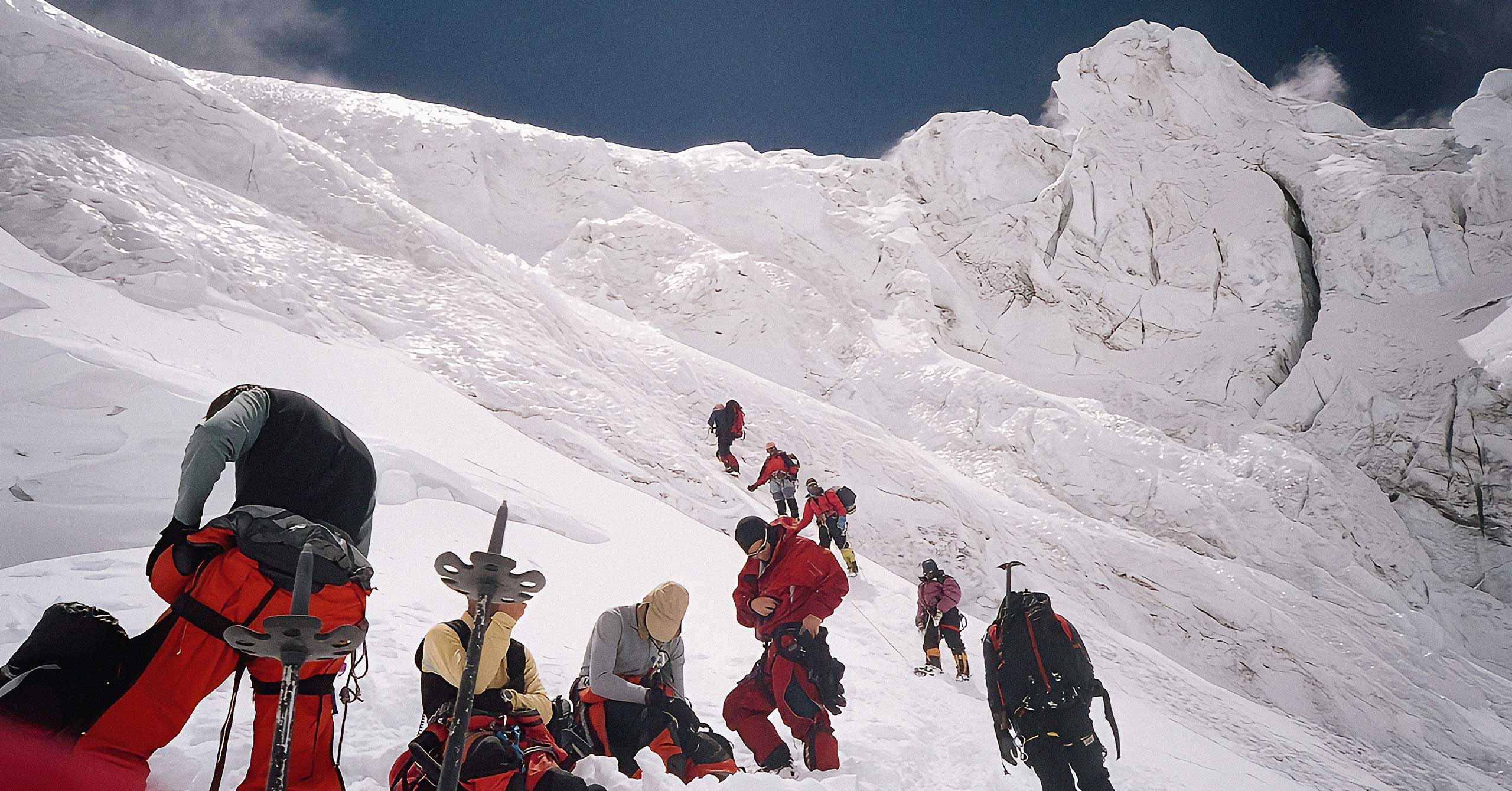Mt. Everest. Photos courtesy of ROMI GARDUCE.
Portrait by JL JAVIER
In attempting to conquer Earth’s tallest peaks, Romi Garduce discovers the profound transformation that each climb inspired.
For Romi Garduce, majestic landscapes and cloud-crowned peaks are not just breathtaking sights. They are transformative and have shaped his life and spirit.
The mountaineer, scuba dive master, environmentalist, writer, and motivational speaker knows that to encounter these sights, you would have to subject yourself to both physical and mental trials. He often found himself battling uphill against treacherous terrain, dehydration, and thinning air. Romi says the art of hiking can be masochistic in some sense. Despite the physical hardships, the experience remains cathartic; While he says it was “all just suffering,” Romi finds that these climbs are more than mere feats of endurance, they are moments of profound growth.

Because of this, he ambitioned to conquer the Seven Summits, the highest mountains on each of the globe’s seven continents, including the formidable Mt. Everest. Known as the “eight-thousanders” as a reference to their heights, it can take months to even reach a small section of their mountaintops. Garduce is the first Filipino to climb each of the world’s tallest peaks, finally achieving it in 2012 when he reached the top of Vinson Massif in Antarctica. (Only one other Filipino climber, Carina Dayondon, has achieved the same feat, completing the Seven Summits in 2018.)
Garduce’s seven-year journey began as a trainee with the UP Mountaineers. The call of the mountains was faint at first. “My first two [hikes] in Mt. Nagcarlan and Mt. Cristobal were challenging, with only a bit of ‘wow’ factor at the [summit],” he explains. “I was new, and the weather was not good.” It was only in his third attempt at hiking, his expedition to Mt. Banahaw, that he changed the way he felt.
He says that climbing the top of Durungawan, one of the viewpoints leading to Mt. Banahaw’s summit, seemingly had more impact on him. “I felt [like] I was a small part of the universe, and continuous trips both here and abroad grew that love,” he says, “personally because of a feeling of fulfillment, of fun, and of being part of it all.”

Apart from his formative hike to Mt. Banahaw, it was Garduce’s expedition to Mt. Everest which served as his most challenging climb because of its sheer altitude. He says that at camp four and above, you only have one third of the oxygen left due to low pressure, which is barely enough to survive. “Combine that with heavy gear, a low oxygen environment, bad weather and tough terrain, then [it becomes] tough to sustain,” he explains. Alongside these conditions, Romi’s hike to Everest was more emotionally straining than physical. It was about putting one foot in front of the other for Romi, believing that it was a “mental game not to be overwhelmed by your own self-doubt, fear or anxiety.”
Despite his list of successful climbs, Romi also credits failed expeditions to Mt. Elbrus in Europe and Aconcagua in South America as the trips that shaped his worldview. “I [learned] that success and failure really just depend on oneself, [and] I can’t blame weakness or bad weather or bad luck,” he says. “Failure and setbacks are always temporary, [but] even triumphs are temporary, [and] one needs to find the next challenge to continue growing.”

On a deeper level, these failed climbs also helped Garduce reflect on himself amid decades of mountaineering. “It echoed how valuable and precious life is, [because] tip-toeing on the edges of life and death make you appreciate life even more,” he shares. “Nonetheless, taking risks is still worth it to experience life, ironic as it may sound, but that’s exactly how adrenaline sports athletes see life.”
For Romi, each expedition is a journey that transcends physical landscapes. “Going to [the] mountains gives you that satisfaction of seeing or feeling something new, something unique, something memorable or awesome or out of this world, and that collective feeling propels you to [seek] for more,” he says.
Garduce explains that each expedition was “about rediscovering the ‘me,’ and a continuous journey of self-improvement through the many humbling experiences of failure, weakness, and surviving the elements.” It’s a form of therapy; each climb was not meant for him to simply conquer Earth’s highest points, but as a way for him to conquer himself.


